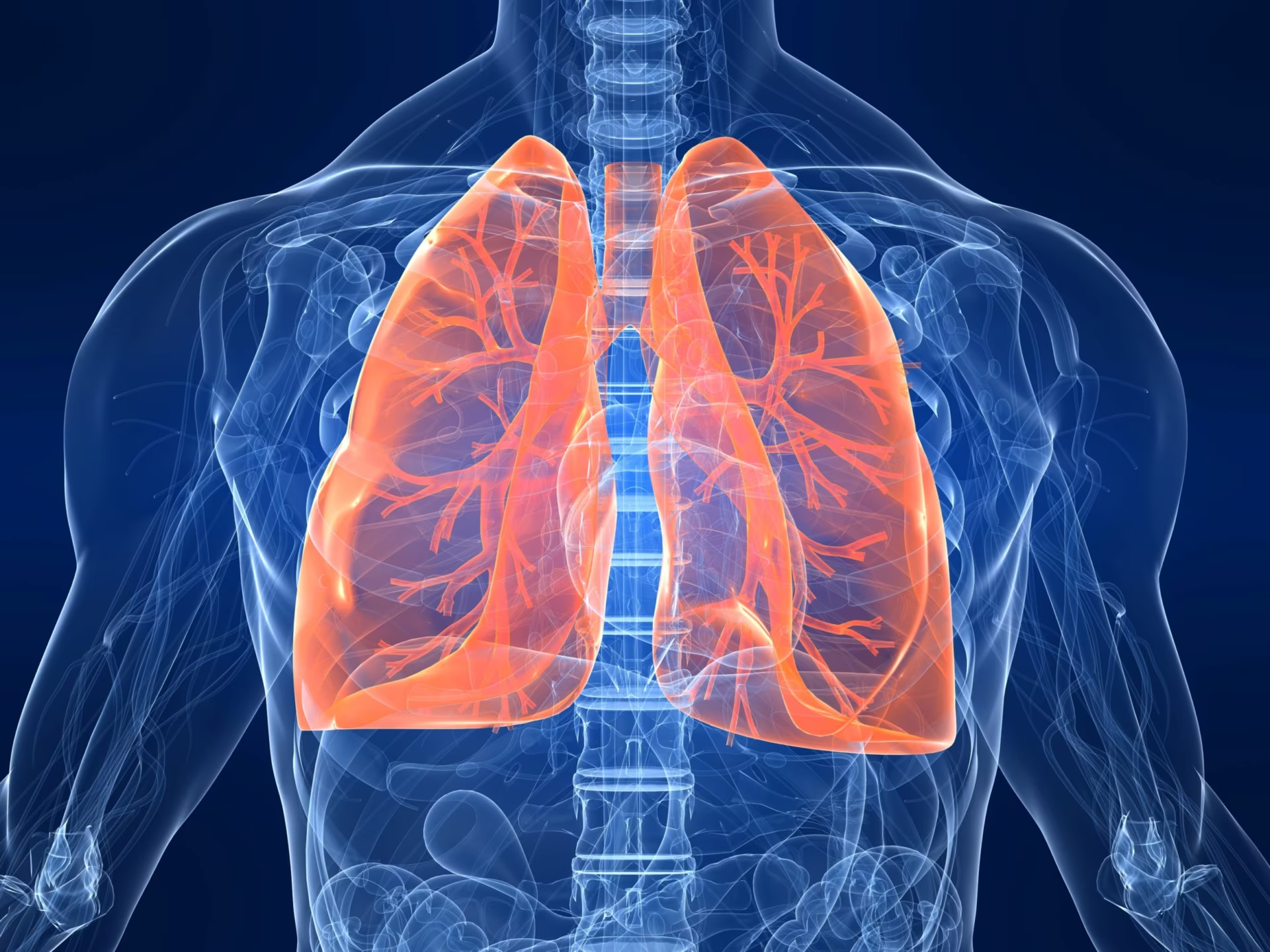Q. Why did Medicaid discontinue coverage of beclomethasone dipropionate in favor of mometasone furoate?
A definitive reason for the change has not been divulged. Most formulary changes of this nature are done for economic reasons, the plan being able to acquire one drug at a lesser cost than another. These changes are quite common with asthma maintenance medications and very disruptive to long-term management due to the confusion they create for patients, families, and healthcare professionals.
Q. What was the rationale for investigating the impact of this change on the pediatric population?
Insurance formulary changes have been a major reason why many of our children with asthma, who were otherwise stable, have been switched from one long-term controller to another. Children with asthma are a unique population in that they are often not able to use certain breath-actuated inhalers correctly which can lead to loss of control. Anecdotally, these changes cause considerable confusion and frustration for both families and healthcare professionals. In doing this study, we sought to provide objective data on how these changes influence prescribing patterns and lung function.1
Q. Could you tell us a little about your study and its effect on lung function?
We performed a retrospective chart review on children with asthma, aged 6–18 from a large, university-based general pediatric clinic, with a predominately Medicaid population who were seen and had spirometry done both before (February to July 2016) and after (February to July 2017) the relevant formulary change from BDP to mometasone furoate.1 Importantly, mometasone furoate was available in both DPI and MDI forms while BDP was available only in a traditional MDI at the time. Prior to the formulary change, 67 out of 68 (98.5%) patients on inhaled controller therapy were on an MDI, compared to 39 out of 65 (60%) after the change. Of those initially on BDP, 24 out of 59 (41%) had been switched to a DPI. Of these 24 patients switched to a DPI, the average forced expiratory volume in 1 second (FEV1) was 99% predicted prior to the change and 89% predicted after being transitioned (p=0.01). A statistically significant decline was also seen in forced expiratory flow at 25–75% (FEF25–75%) where the average was 89% predicted prior to the change and 77% afterwards (p=0.04). Of those who remained on an MDI, there was no statistically significant change in lung function (FEV1 101% pre-change, 98.9% post-change, p=0.68).1
Q. What factors could explain these findings?
As a result of the formulary changes, many children with asthma were prescribed DPIs which required a very different technique for using them compared with their previous MDIs. We suspect this change in inhaler type lead to confusion and a decline in adherence (whether intentional or unintentional). Some children, even if attempting to use these devices correctly, may have been unable to generate the inspiratory force needed to actuate the inhaler and deliver the medication.
Q. In future, how can we minimize the impact of formulary changes in this vulnerable patient group?
Insurance providers should be partners with healthcare professionals in ensuring that all children with asthma have easy access to inhalers that they are capable of using and best suited for the child’s individualized care. The short-term financial advantages of formulary switching should not outweigh the potential harm to children, increased administrative burden to health care professionals and possible increased long-term costs associated with loss of asthma control.







